Women were often valued for how they looked and not what they did. Looks and behaviours contribute to being feminine like having softer features, long hair and a smaller frame and curves. While these are all stereotypical ideas, women have and continue to move forward in the world. When thinking of femininity you often picture beauty, as beauty associates with women rather than a women doing what she loves or what she does.
The term ‘femininity’ has been adapted over time, for example in the 20th century women were expected to be:
- Passive
- Sensitive
- Emotional
- Gentle
- Caring
- Nurturing
These photos show the evolution of what is perceived as femininity and women throughout the last century
1920s
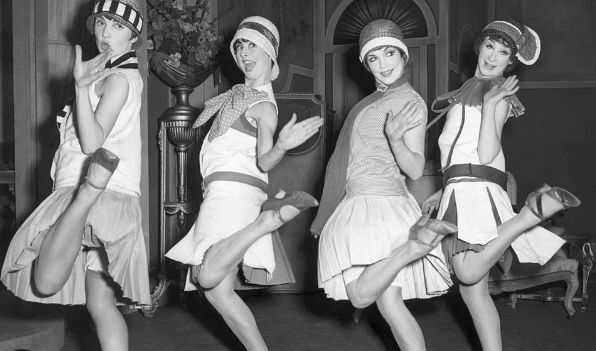

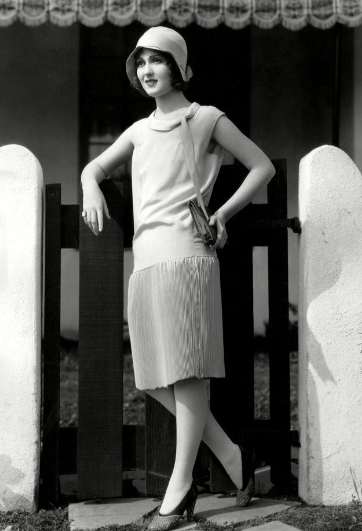
1930s
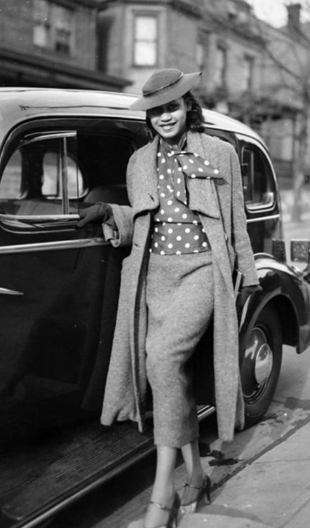

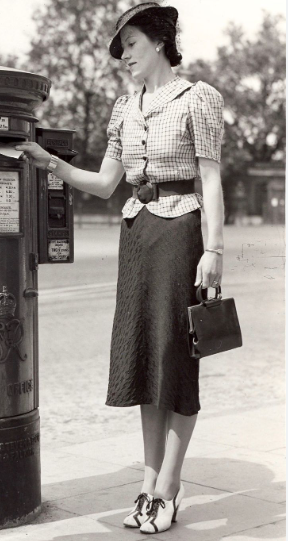
1940s
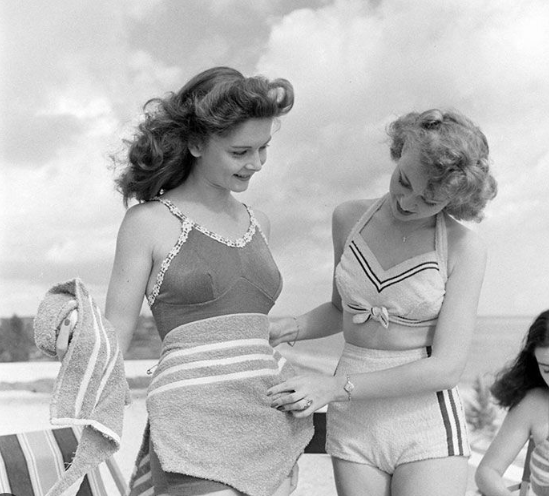
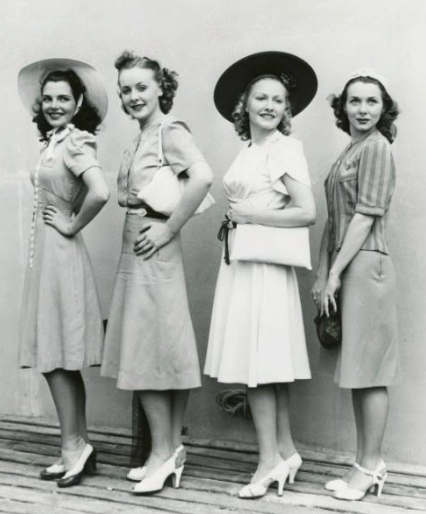
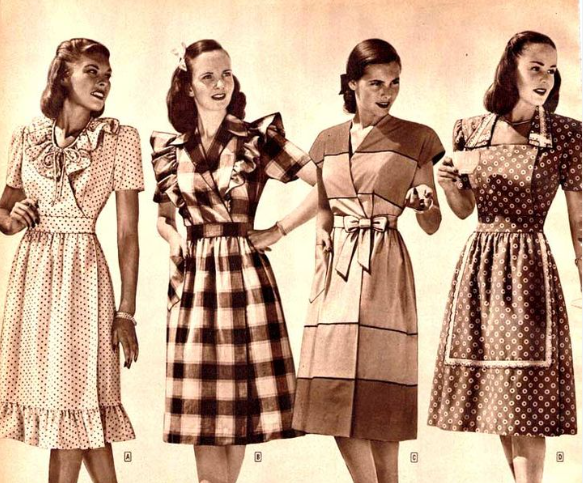
1950s
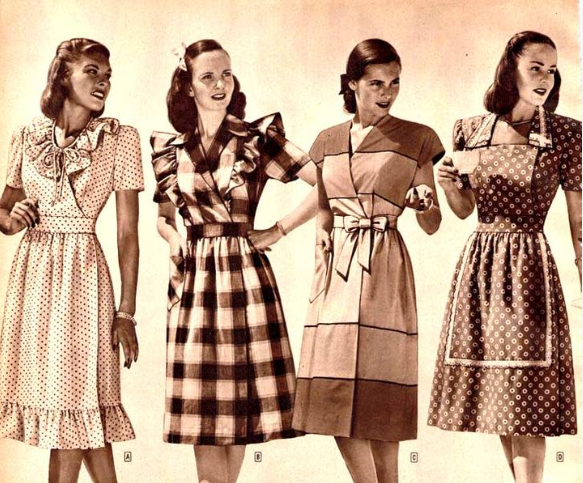
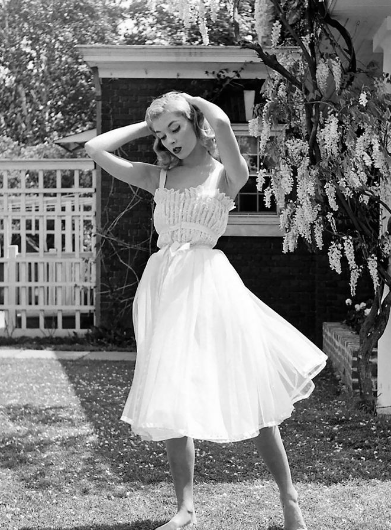
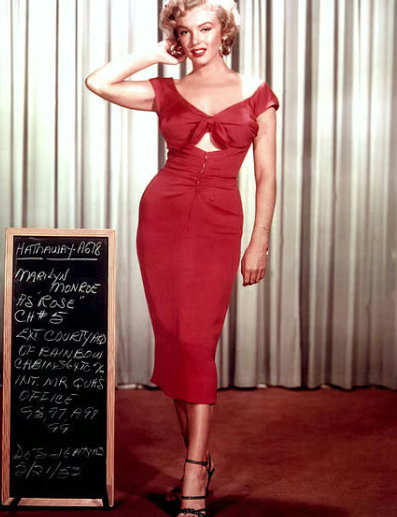
1960s
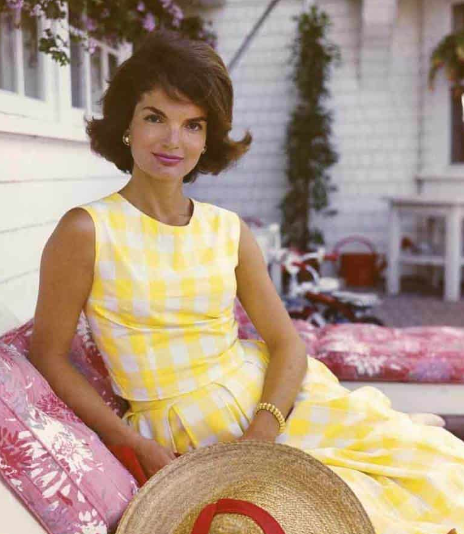

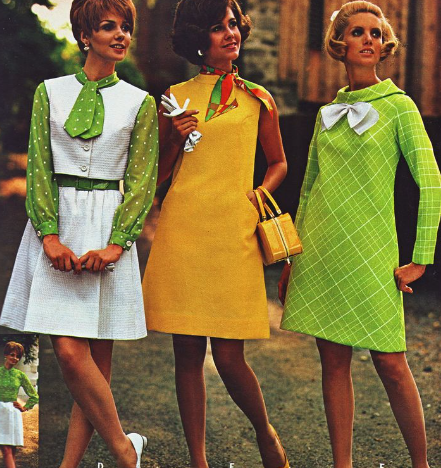
1970s
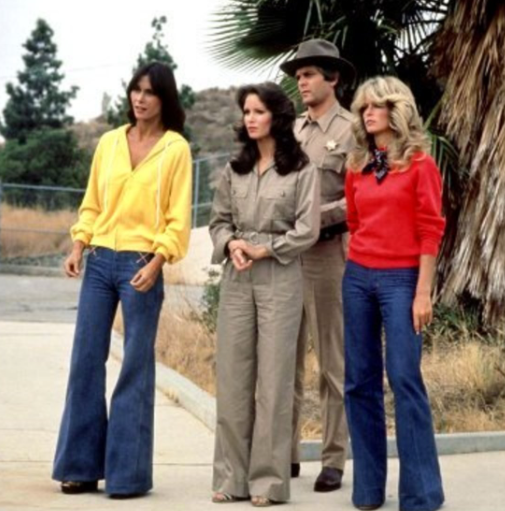
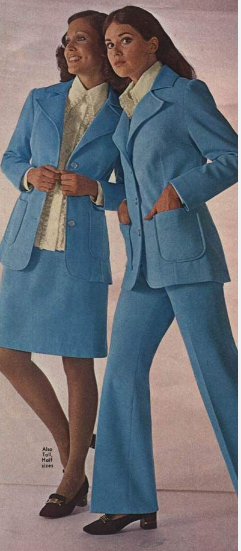
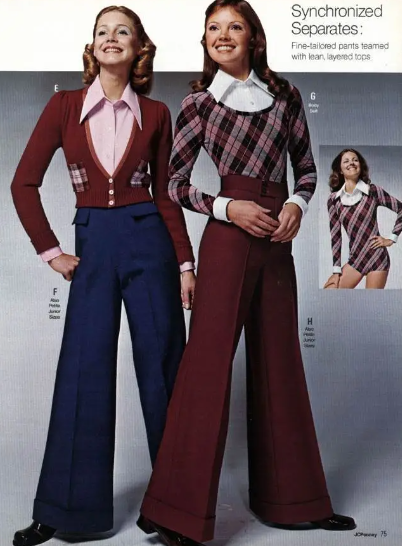
1980s
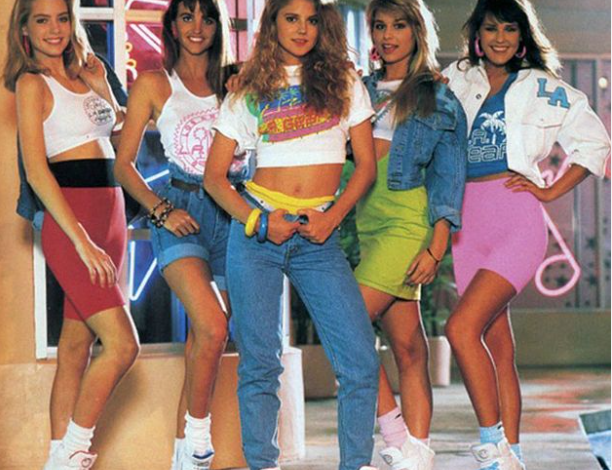
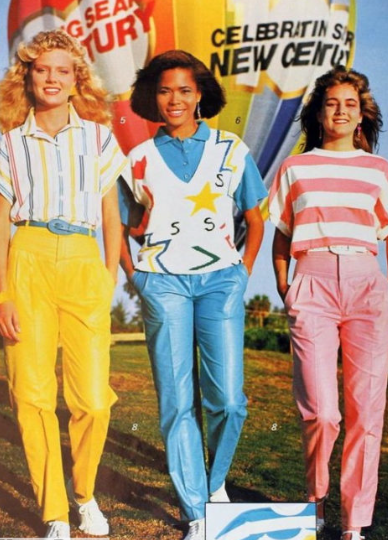
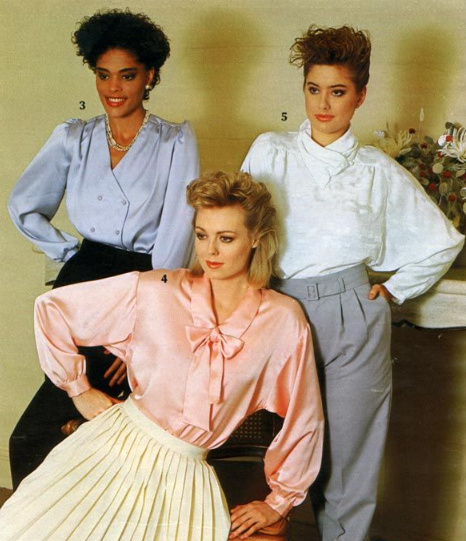
1990s
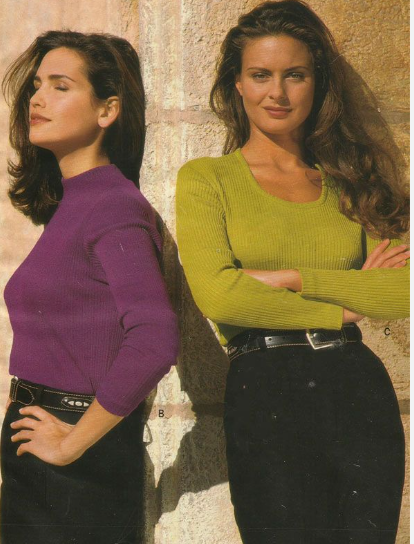

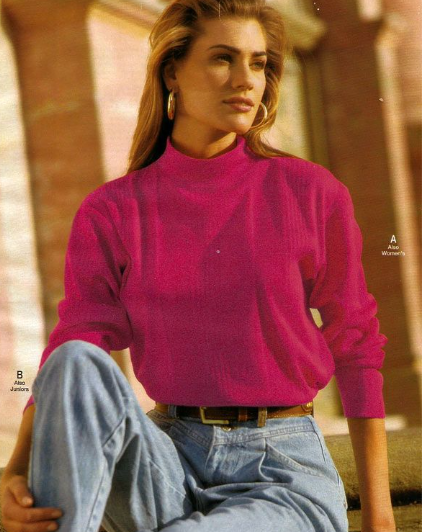
2000s
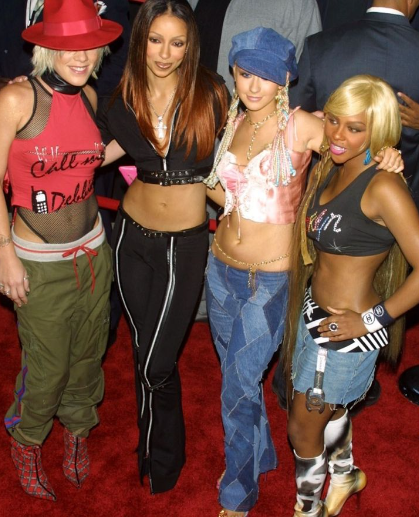
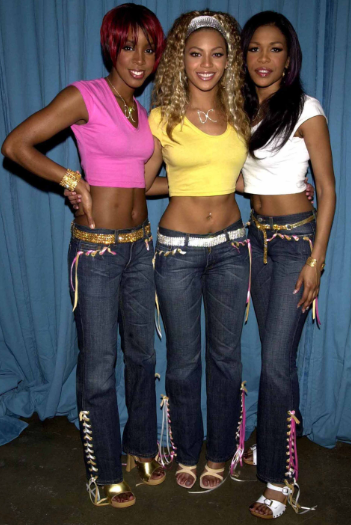

2010s
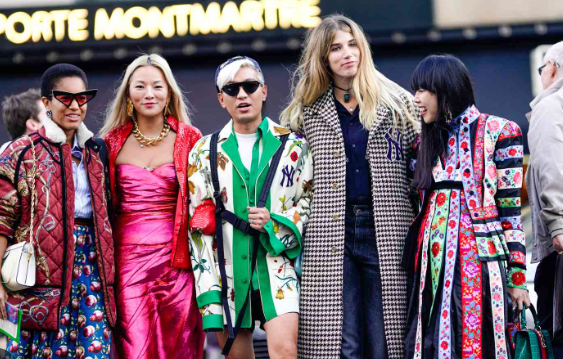
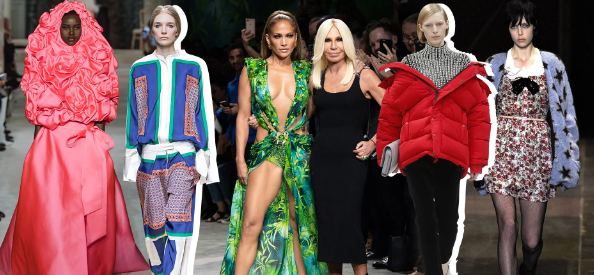
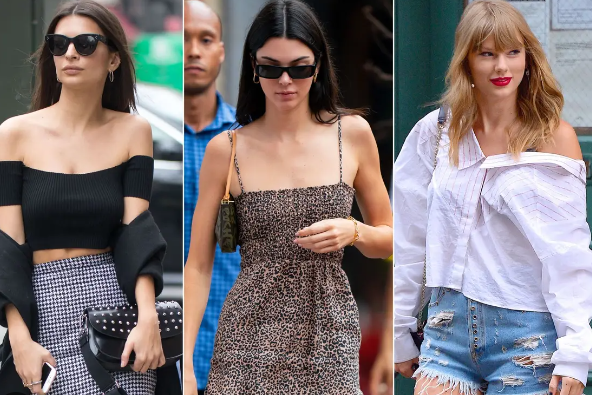
2020s
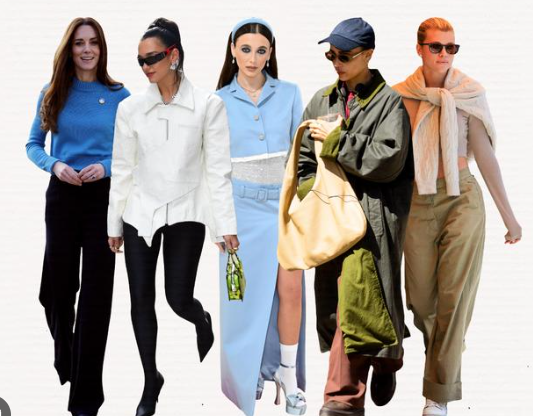
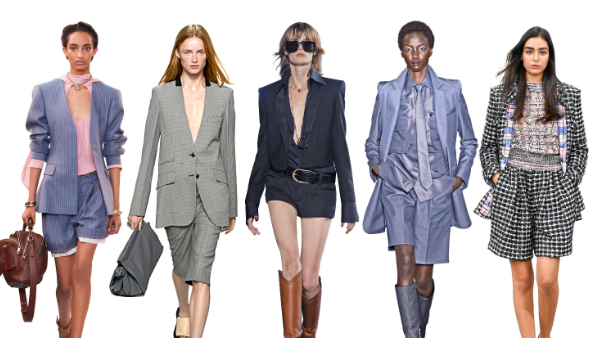
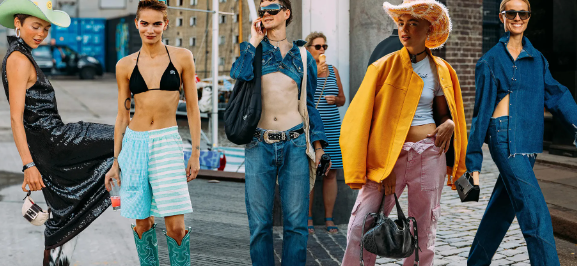
As you can see, starting from the 1970’s women began to wear more uni- sex clothes e.g. blazers and jeans which eventually grew more and more for it to be normal and daily clothing. This shows that from the 1920s you had to reach the feminine stereotypes and look a certain way however nowadays wearing anything is still classed as feminine.
